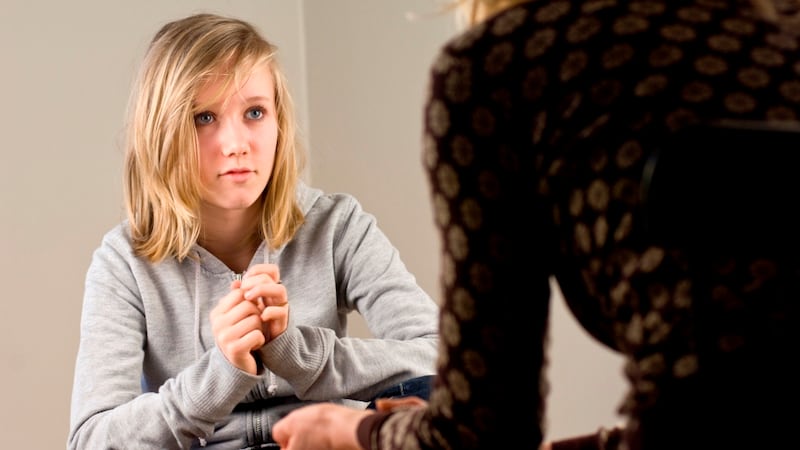A recent report from the Health Research Board (HRB) cast some interesting light on what goes on in psychiatric units and hospitals here. That the unskilled occupational group had the highest rate of admission for psychiatric care is not a surprise. Or, from an age perspective, that the 55-64 age group had the highest admission rates.
But a statistic that did jolt was the age group with the highest rate of first admissions. In 2013, older teenagers aged 18-19 were the most likely cohort to need inpatient psychiatric treatment for the first time. Some 317 under-18s were admitted for the first time last year, a marginal increase in the proportion of first admissions from 2012. The Activities of Irish Psychiatric Units and Hospitals 2013 report found that just over a third of all under-18 admissions were for depression; 13 per cent had a diagnosis of schizophrenia; almost 12 per cent had a diagnosis of an eating disorder; and 9 per cent were admitted with neurosis.
A book I had the pleasure of reviewing during the summer provides further insights into the mental health of teenagers. According to the authors, some 75 per cent of significant mental illness presents for the first time between the ages of 13 and 25.

Adolescents who start drinking before the age of 15 are up to seven times more likely to be involved in road traffic accidents, and to develop alcohol or other addictions later in life.
Flagging the Screenager, Guiding your Child Through Adolescence and Young Adulthood is a most helpful mental health manual for parents. I certainly wished I had had it to dip into when my older children were teenagers. But first things first: what is a screenager?
Screenager
According to authors Dr Harry Barry and Enda Murphy, the term screenager was created in 1997 by Douglas Rushkoff in his book Playing the Future. The term is now used to describe teenagers and those in their early 20s who are technologically savvy in relation to their usage of computers and the internet. Reflecting a chasm between this age group and their older-generation parents who were struggling to keep up with new technology, screenager is a slang word used to link "teenager" and "screen" together.
Barry and Murphy spend much of their book reinforcing the message that “mental health is a lot more than just the absence of mental illness”. They draw convincing parallels between being physically unhealthy and mentally unhealthy. Just as poor lifestyle practices precipitate obesity, teenagers who do not practise a series of life skills can drift into being mentally unhealthy. By understanding these and other concepts, the book sets out to empower parents by providing them with a template of how to interact with adolescents and young adults.
In the book, Barry describes a pivotal meeting he had with 150 Leaving Certificate students at Greenhills school in Drogheda. I think you’ll agree that many of the take-home points to emerge are relevant to all our mental health.
We have to learn
that life is unfair
that we don’t always get what we want
to accept discomfort as part of life
that we can’t control life
that we may fail at something in life but are never in ourselves “failures”
that it is normal to be anxious
that the physical symptoms of anxiety are uncomfortable but not dangerous
the importance of recognising the signs of major depression and approaching somebody for help if in trouble
how to stop rating ourselves and learning to accept ourselves without conditions
the difference between the “real world” and the “virtual world”
that we will get out of life what we put into it: perspiration is more important than inspiration.
Flagging the Screenager: Guiding your Child through Adolescence and Young Adulthood by Dr Harry Barry and Enda Murphy is published by Liberties Press
mhouston@irishtimes.com
[ muirishouston.com Opens in new window ]
See also Mental healthcare needs action plan and strategic vision










